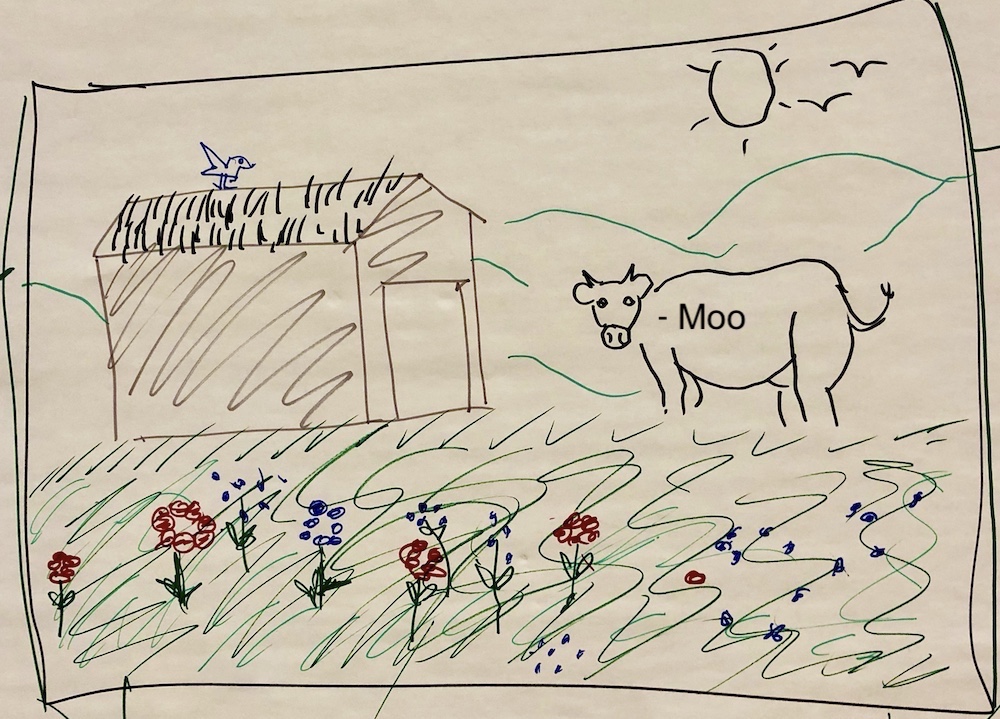Summer Meadows is a short and fun exercise to demonstrate the effect of handoffs, detailed specs, and silos (otherwise referred to as the Product Management Vacuum) and to communicate how the Three Vs (Vision, Value, Validation) serve as a way to create more cohesive and creative products.

